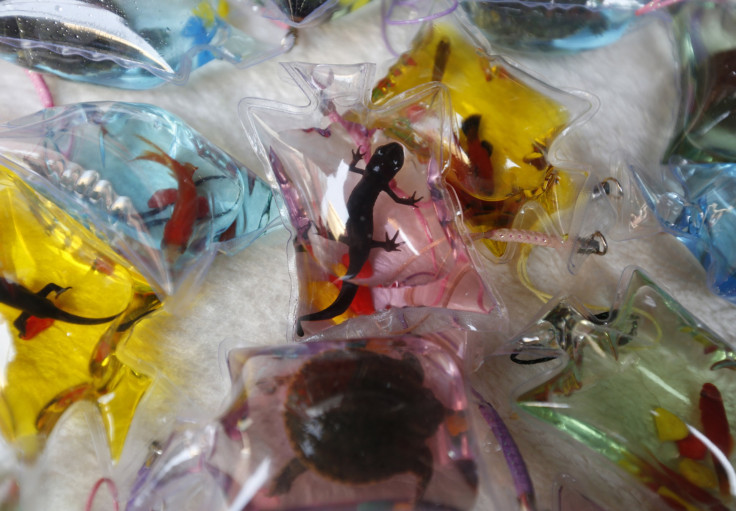New Tiny Salamanders Species Discovered In Mexico, But They're Going Extinct

Three tiny salamanders with odd proportions were recently discovered by a team of scientists studying the critters from Oaxaca, Mexico.
The study, published Tuesday in the journal Peer-J, found three salamanders from the genus Thorius that were previously thought to be a single species. Instead of being the same, molecular data showed they have “extensive genetic differentiation” as well as different shaped nostrils and tail lengths. Unfortunately for the little critters, though, their time as a species on Earth may be cut short as they are likely to go extinct before the end of the century, researchers wrote.
Just like the other 26 species of salamanders in their genus, the newfound animals have some unusual proportions compared to other types of salamanders. The creatures have enormous tongues that can shoot to a length of about half of their body, which can be about as long as half a thumb, in order to catch food. To make room for that big tongue, their heads are generally reduced in size and they have skull bones missing entirely in places.
It’s not just their tongue that’s a bit larger, proportionally, than what you see on other salamanders. Thorious salamanders are also known for large reproductive organs since the critters need to maintain a minimum size of ovaries and testes in order to procreate.
“As a result, the gonads occupy a relatively large proportion of the total body volume,” James Hanken, a co-author of the study told Gizmodo. “In some females, much more than half the volume of the trunk is occupied by yolky eggs inside the oviducts; the rest of the visceral organs are pushed aside.”
These types of salamanders aren’t the only amphibians at risk of dying out, however. All over the world, the animals are put in danger because of a variety of threats from habitat loss to pollution and the use of pesticides. Hundreds of amphibian species have slid towards extinction lately and as many as one-third of all known amphibian species are in danger of going extinct.
© Copyright IBTimes 2024. All rights reserved.






















